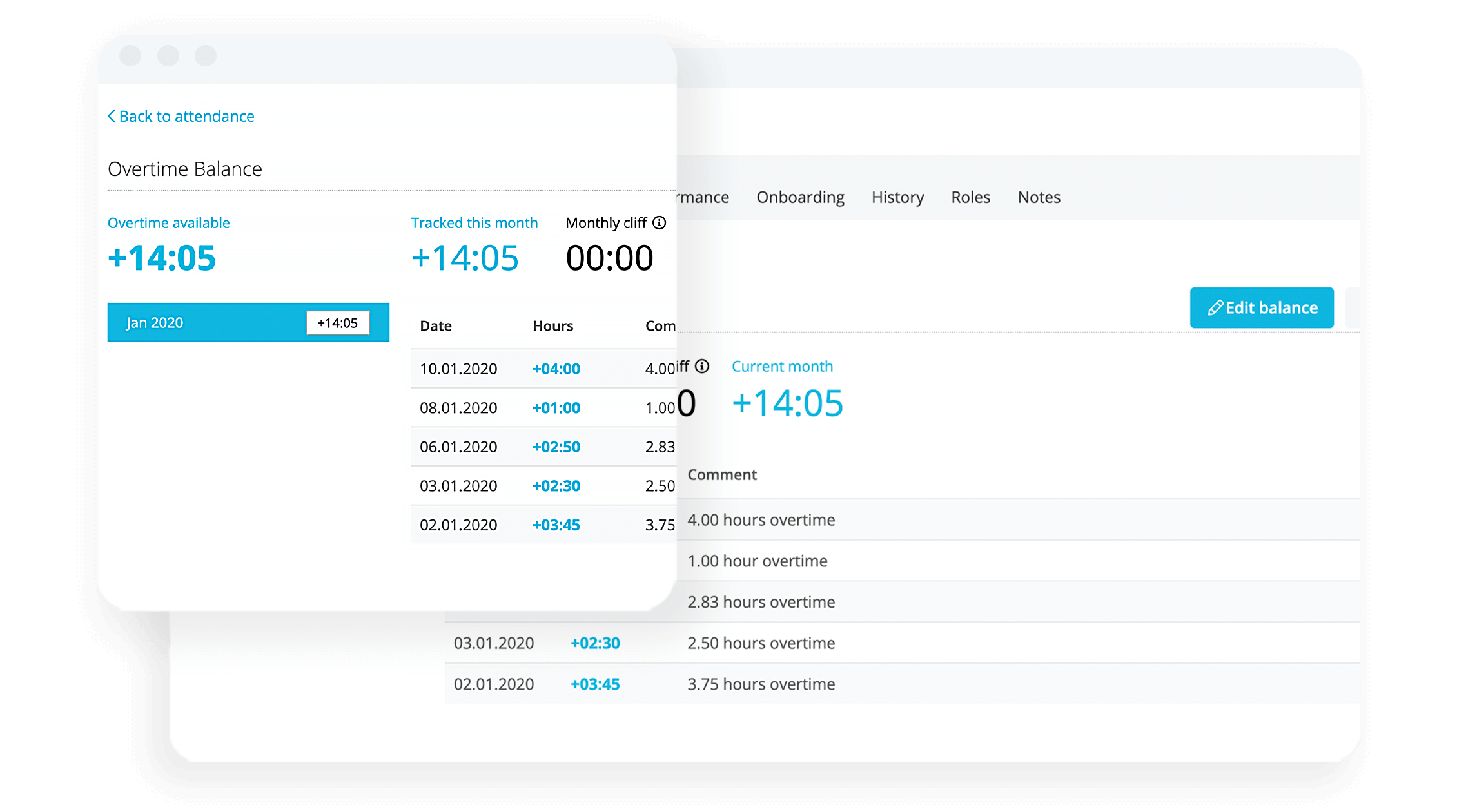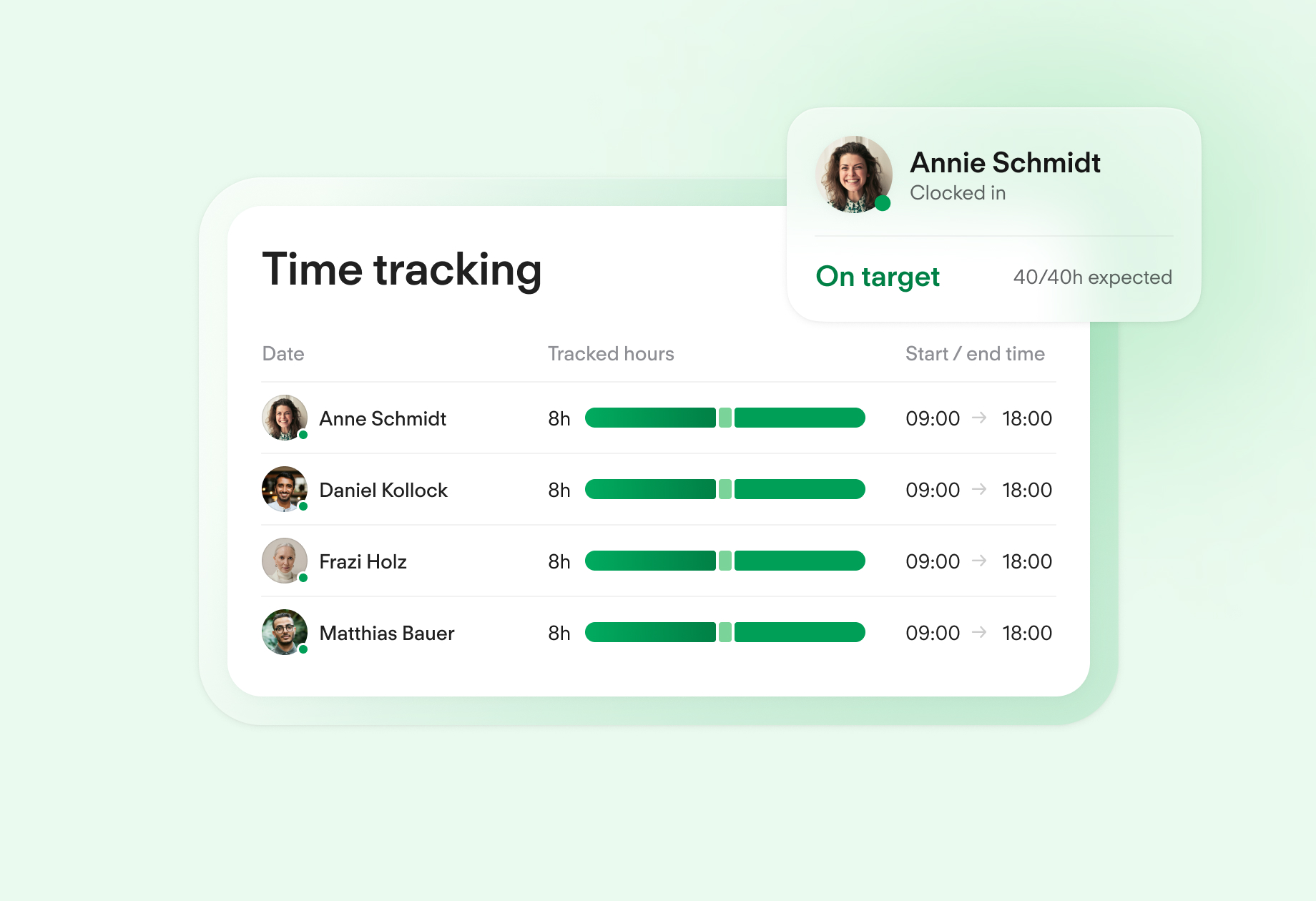Managing Break Entitlements for UK Employees
How do you manage break entitlements for your employees? The UK government has regulations laying out break entitlements for employees, which can be tricky for employers to understand and comply with. This guide goes over the types and lengths of break entitlements in the UK as well as exceptions and best practices to be aware of.
Key Facts:
Most workers in the UK are entitled to breaks from work thanks to the Working Time Regulations of 1998.
The three types of statutory break entitlements are rest breaks during work, rest breaks between working days and rest periods during the week.
Employees are entitled to one 20-minute break if they work more than six hours in a day. This includes the common shift lengths of eight and 12 hours.
Break Entitlement and the Right to Rest in the UK
The Working Time Regulations 1998 laid out legislation on entitlement to breaks from work, which employers must follow to remain compliant. The law applies to all workers, from full-time to part-time, and also includes agency workers and homeworkers, although the specifics of the breaks sometimes depend on industry and other factors.
Types of Rest Breaks at Work
Regular breaks at work are a legal right, and the Working Time Regulations dictate how employers must administer these rest breaks. There are three types of work breaks that most adult workers (over the age of 18) are entitled to:
Rest breaks during work
Rest breaks between working days
Rest periods during the week
The first type of rest break takes place at work, while the other two are taken daily or weekly between working days.
Rest Breaks During Work
The Regulations state that employees who work more than six hours in a day are entitled to one uninterrupted 20-minute rest break. This could be for a tea or lunch break. For these shorter periods of downtime, many employees still get paid; however, payment is not guaranteed by law unless stipulated in the employment contract.
Rest Breaks Between Working Days
Workers are also entitled to having daily time to rest between work shifts. Each employee has the right to a minimum of 11 hours of rest between each working day, which employers typically provide as an overnight break between shifts. This enables employees to rest after finishing one shift and before starting another one.
As an example, if a retail worker finished their shift at 9pm, they should not legally start their next shift until at least 8am the following day.
Rest Periods During the Week
The final type of rest period laid out in UK law entitles workers to at least one uninterrupted period of time free from work. Workers have a right to either of two types of weekly rest:
One uninterrupted 24-hour period without any work each week.
One uninterrupted 48-hour period without any work each fortnight.
Depending on shift patterns, an employee might not have a day off during every week, but will have an extra day off in the following week.
Toilet Breaks
Note that while there is no current UK law that declares the minimum amount of toilet breaks an employee is entitled to, each employer should keep these breaks in mind and set a policy that works for their workplace and each employee.
Rest Breaks Based on Shifts
According to UK Regulations, employees are entitled to one 20-minute break if they work more than six hours in a day. The statutory entitlement is the same for all shift lengths longer than six hours, meaning the common shift lengths of eight and 12 hours also have a break entitlement of 20 minutes.
Length of Shift | Minimum Length of Break Entitlement |
< 4 hours | 0 |
4 hours | 0 |
5 hours | 0 |
6 hours + | 20 minutes |
7 hours | 20 minutes |
8 hours | 20 minutes |
9 hours | 20 minutes |
10 hours | 20 minutes |
11 hours | 20 minutes |
12 hours | 20 minutes |
The law does not offer specifications on how long an employee has to work before receiving their break. The only stipulation is that the break must be provided during the employee’s shift, and can’t be at the beginning or end of the work period.
Note that most companies will provide more than the one required break on longer shifts, because they know their employees won’t be productive and morale will drop if they are tired.
Track your teams' time seamlessly

Enable your employees to enter their working hours in an efficient, legally compliant and secure system. See working hours at a glance across your company.
Get Smarter Time TrackingExceptions to Break Entitlement
There are certain exceptions to employee break entitlement in the UK, particularly for specific industries where the nature of their work may not allow for all types of rest breaks. In these cases, the employer may offer employees breaks in a different way.
The top three sectors that are exceptions are the armed forces, emergency services and police. All three of these deal with emergency situations, and since the lives and safety of others depend on the workers, they may not be able to take a 20-minute break.
Other exemptions include:
Job roles where the worker chooses their own hours of work (e.g. a CEO)
See transport workers
Air and road transport workers (i.e. mobile workers)
Private home domestic workers like cleaners and au pairs (for health and safety reasons)
Another exception applies to shift workers and choices made by the individual employee. For example, if an employee chooses to change shifts or switch with a coworker, the full daily rest won’t apply if the shift pattern they chose voluntarily does not allow it. They should, however, receive compensatory rest when possible.
Also, if a worker opts out of the 48-hour week limit, they are voluntarily choosing to work longer shifts. Employers must still give them adequate breaks, unless they opt out of taking rest time as well.
Managing Employee Breaks at Work
As an employer, it's important to ensure that your employees are given adequate breaks during their work shift, perhaps above and beyond the statutory minimum where applicable. The type of break and the length of time allocated can vary depending on the industry and the length of the shift.
Below are a few different types of work environments and some advice for managing employee breaks.
Office Work
Employees who work in an office environment may not require as many physical breaks as manual labor workers. However, they still need to take regular breaks to prevent burnout and maintain productivity. It’s recommended that employees who work at a desk should take at least a 5-minute break every hour to eye strain, headaches and fatigue.
Best practice: Encourage your employees to take regular breaks, stretch and walk around the office to improve circulation and reduce the risk of musculoskeletal problems.
Retail Work
Employees who work in the retail sector often have to work long hours on their feet, which can be physically demanding. They may also have to deal with demanding customers and a busy environment.
Best practice: Provide comfortable seating for your employees during their break, and encourage them to stretch and take a short walk to reduce the risk of back pain and fatigue.
Construction Work
Employees who work in the construction industry and other forms of manual labor often have physically demanding jobs. It's important to ensure that they are given regular breaks to prevent accidents and maintain productivity.
Best practice: Provide shaded areas for your employees to take their break and encourage them to drink plenty of water to prevent dehydration. Keep the suggested minimum and maximum working temperatures in mind.
Frequently Asked Questions (FAQ) About Break Entitlements
What Are the Break Entitlements in the UK?
Break entitlements in the UK are the fixed times for rest breaks that employees are guaranteed during their workday. The required length and frequency of these recovery periods are laid out in the 1998 Working Time Regulations.
How Long Is a Break for an 8-Hour Shift and How Long for a 12-Hour Shift?
UK Regulations entitle employees to one 20-minute break when they work more than six hours in a day. This means that the statutory entitlement is also 20 minutes of rest for both 8-hour and 12-hour shifts.
How to Manage Employee Breaks Effectively?
The best way to manage employee breaks effectively is with an automated time tracking system like Personio. This enables employees to track their hours and ensures breaks are provided and the company remains compliant with UK regulations.
Manage Break Times Easily with Personio
It is the duty of the employer to record break times, both to ensure compliance with UK regulations and for payroll purposes.
Time tracking software, as part of Personio’s all-in-one HR software solution, makes it easy for employees to record their working times and for supervisors to confirm.
Any fixed break times – whether those required by regulations or provided in addition to these – can be defined in advance in the system. Give Personio’s time tracking a look today.

